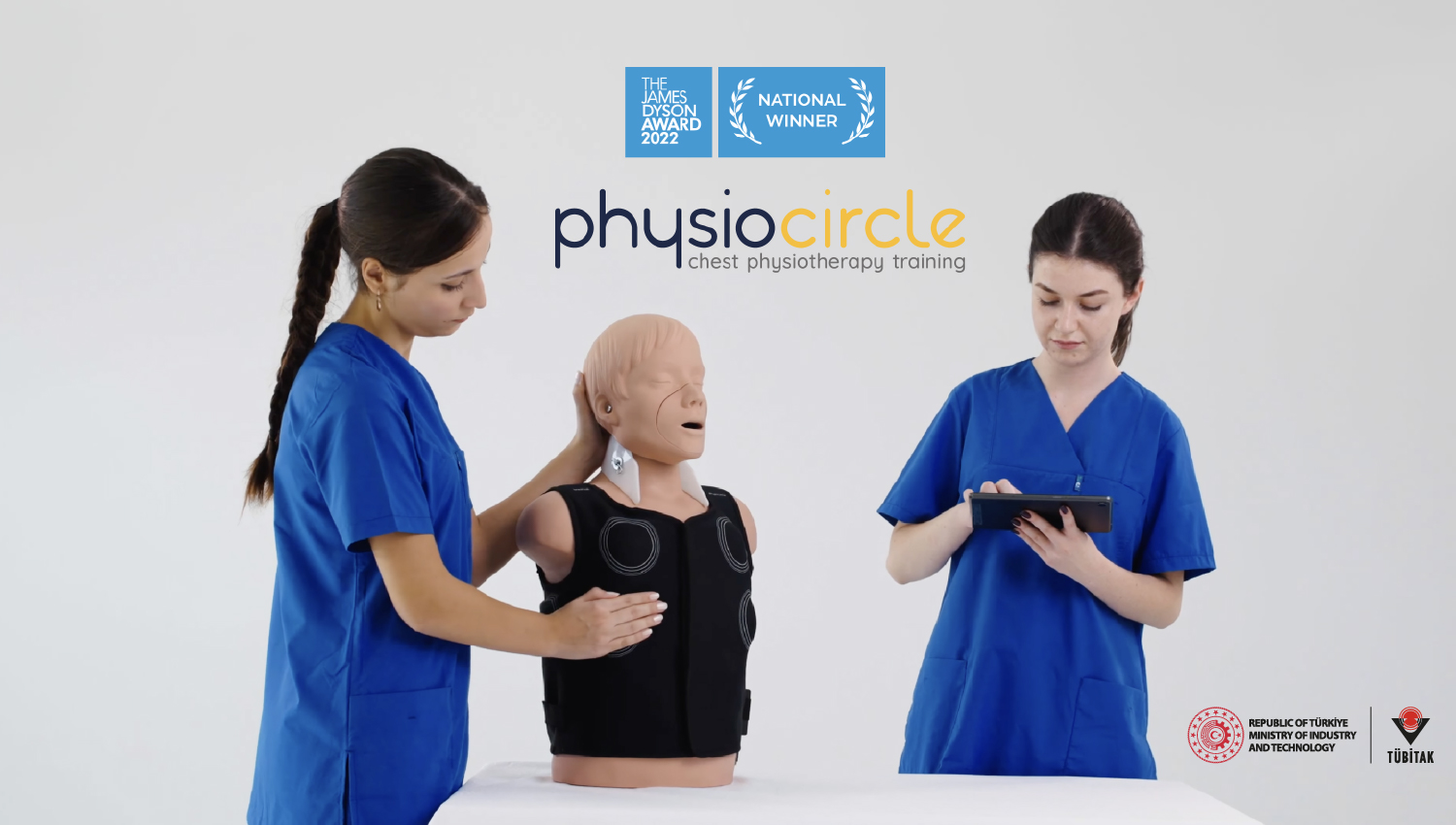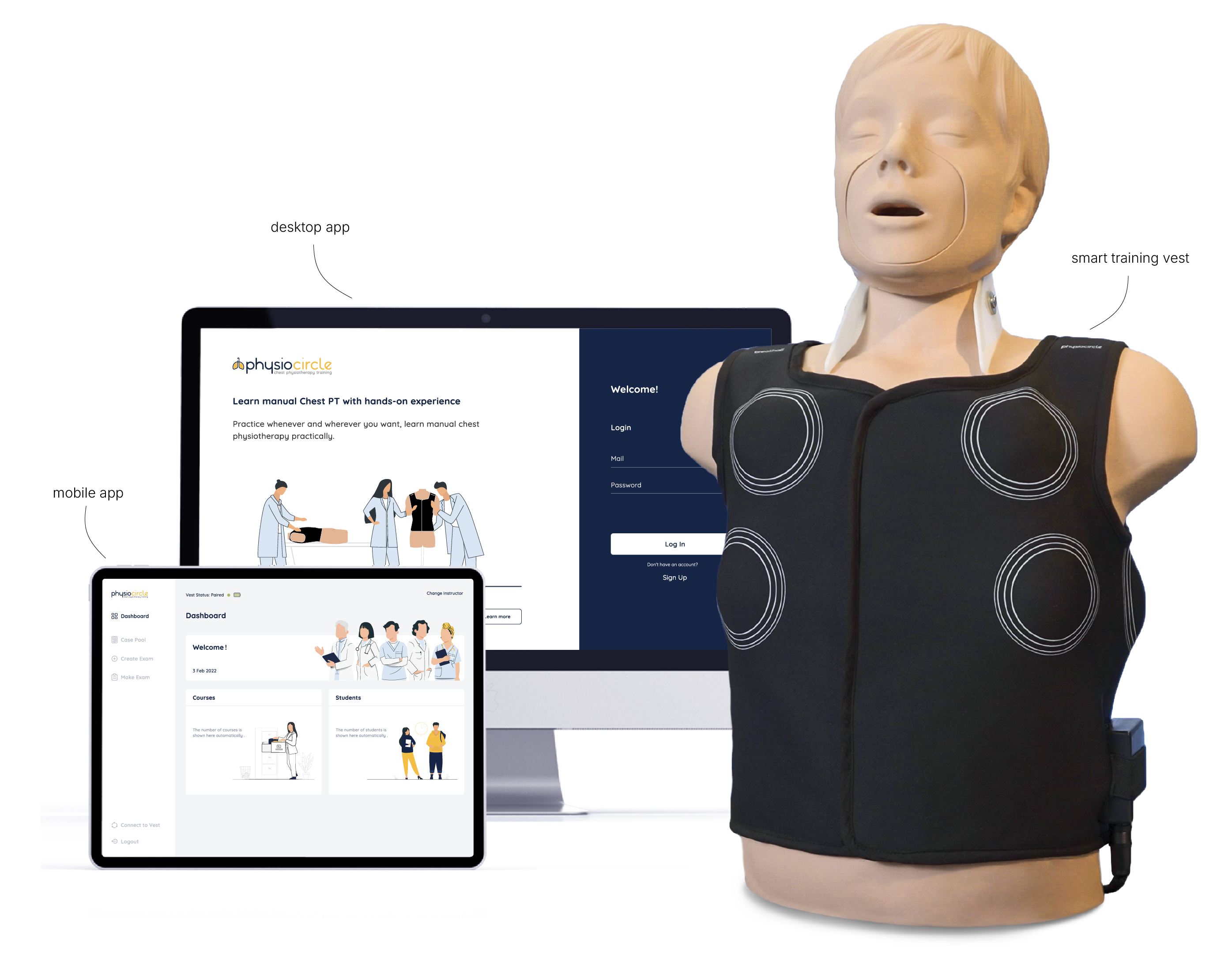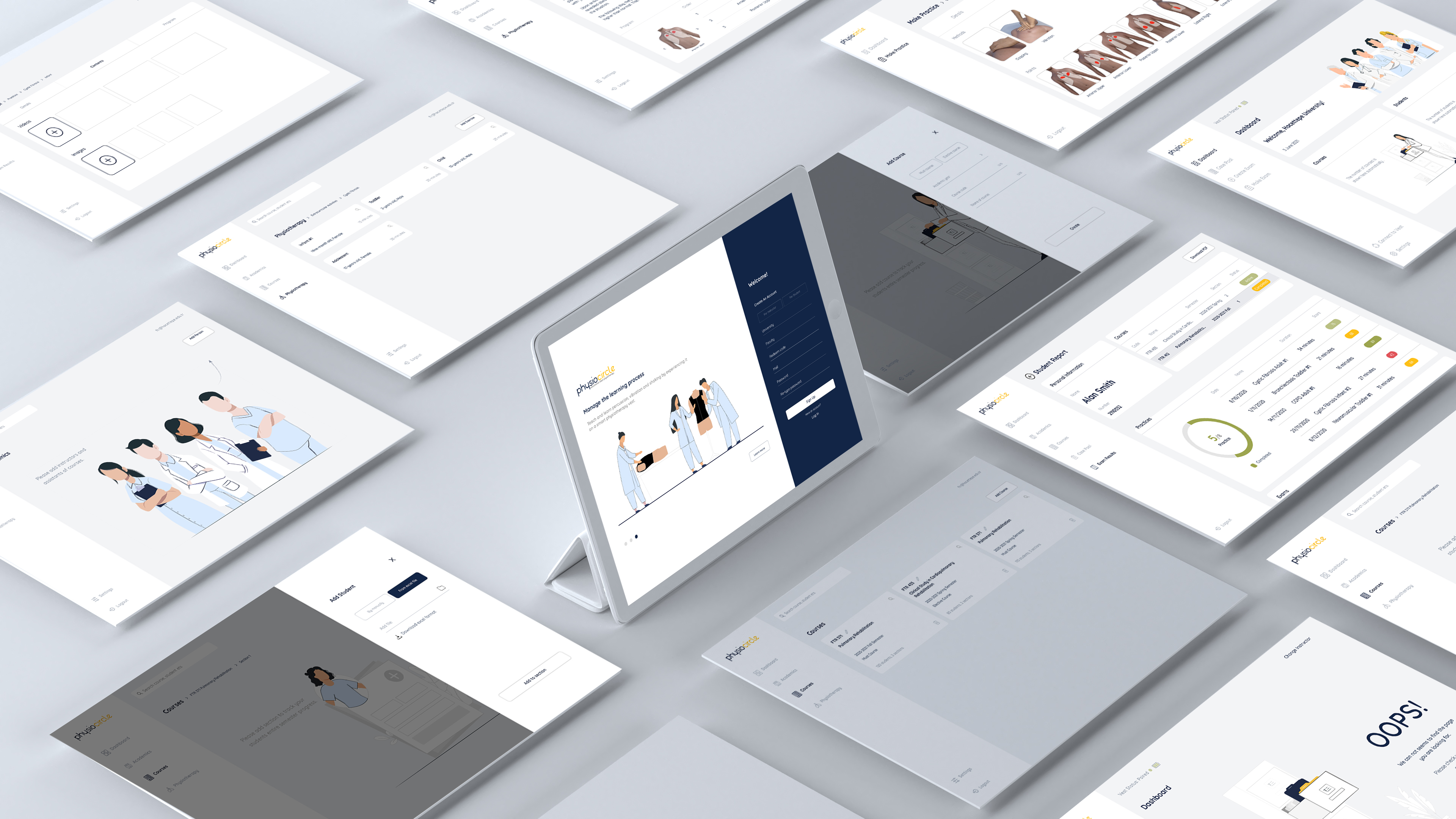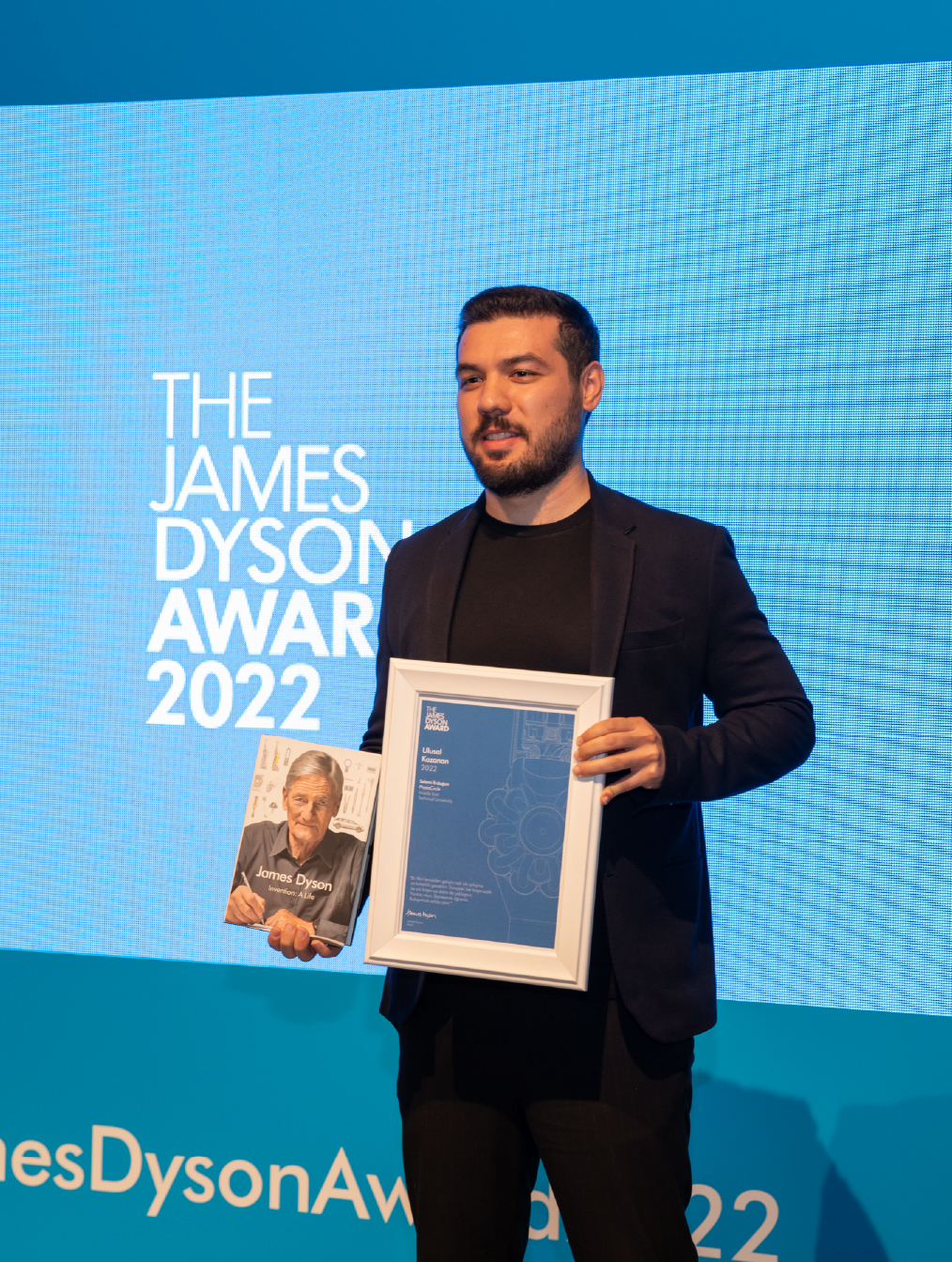
Physiotherapy students often lacked hands-on experience in manual chest physiotherapy techniques, as traditional training methods offered limited feedback and standardization. This led to inconsistent skill development and reduced confidence in clinical practice
• Engagement: Increased training session participation and duration in pilot programs with physiotherapy students
• Learning Outcomes: Improved technique accuracy and hand placement consistency based on clinical supervisor evaluations
• Satisfaction: Received highly positive feedback from both students and instructors, highlighting ease of use, clarity of feedback, and increased motivation to practice
Physiotherapy students looking to develop hands-on skills in manual chest physiotherapy with real-time feedback
Academic institutions and clinical educators seeking effective, standardized training tools to improve student competency and learning outcomes.

•Needs Analysis through Expert Interviews: Conducted interviews with physiotherapy educators and clinicians to identify challenges in teaching manual chest physiotherapy and to understand the limitations of current educational tools.
•Research Through Design (RtD) Methodology: Employed an iterative design process combining literature review, expert input, and prototyping to generate design knowledge and improve the educational device.
•Co-Design with Stakeholders: Involved students, instructors, and clinical professionals throughout the design process, integrating their feedback to shape the functionality and usability of the product.
•Prototype Testing & Evaluation: Developed and tested functional prototypes (V1 & V2) in academic settings to validate key features such as feedback quality, usability, and training impact.
•Design Guidelines for Clinical Product Development: The thesis concluded with transferable insights and methodological recommendations to guide designers working on healthcare products in multidisciplinary environments.

1- During the Course:
• Instructors use a mannequin with smart vest to demonstrate the Manual Chest Physiotherapy method to participants
• Participants can learn Chest PT by first hand experience of applying it to the right points with the proper pressure and frequency


2- After The Course:
• Instructors can add clinical patient cases and chest physiotherapy exercise programs on application by using AI-powered system
• Participants make hands-on practice by using these programs on PhysioCircle whenever and wherever they want
3- Course Evaluation:
• Instructors can make exam to evaluate the level of the participants they reached
• During these activities PhysioCircle collects real-time pressure, frequency, point and time data


• Interactive training interface providing real-time visual and auditory feedback on pressure, rhythm, and hand placement.
• Step-by-step practice modes aligned with clinical training guidelines.A performance tracking dashboard allowing students to review their session data and progress over time.
• Instructor mode to enable trainers to monitor multiple students and give targeted feedback.Intuitive UI designed for minimal cognitive load during hands-on practice.
• Responsive layout optimized for tablets and mobile devices used in clinical or academic environments.

🏆 James Dyson Award — National Winner 2022
PhysioCircle was awarded the James Dyson Award National Winner title in 2022 for its innovative approach to improving physiotherapy education. The project stood out for its user-centered design, clinical relevance, and potential to enhance hands-on learning for physiotherapy students.
Learn more


